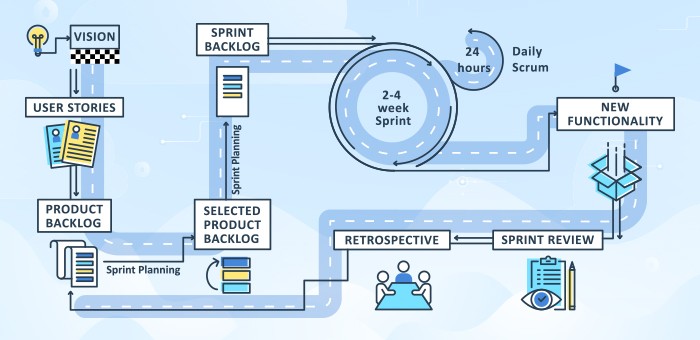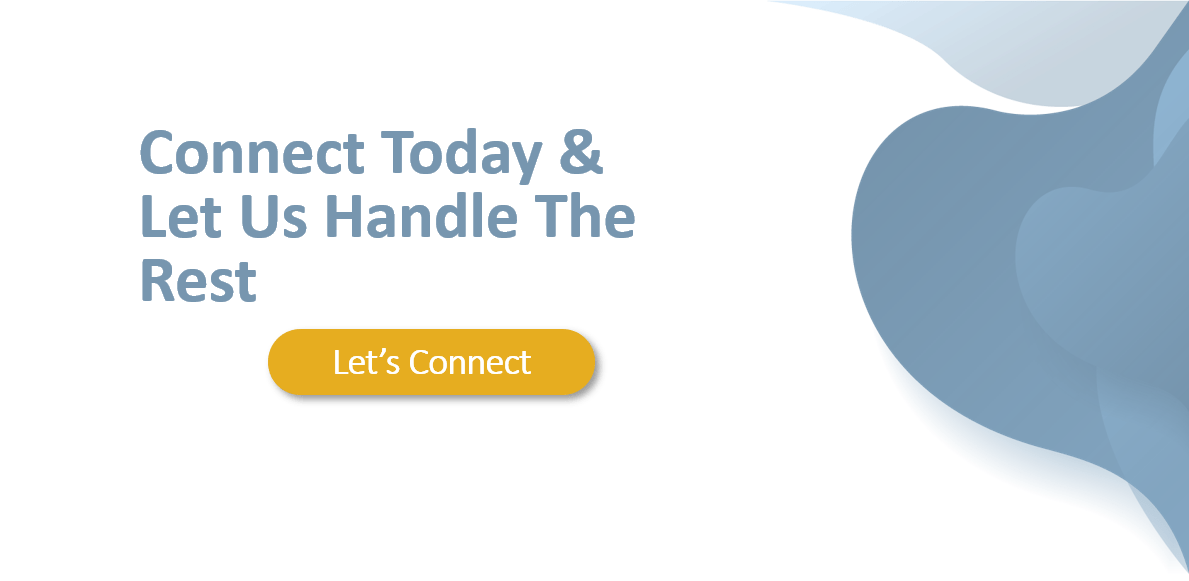What Is Agile Development?
Agile development is iterative by nature as compared to the linear approach the traditional waterfall model follows. An agile approach involves delivering small but functional pieces of work at regular intervals. Reviewing small units of work and relaying feedback on a continuous open line of communication, so that the teams is always available for changes.
Instead of building up to that one big launch, feedback received on smaller deliverables helps the team understand consumer behaviour and market trends.
With agile development, it is easier to incorporate feedback and changes in upcoming deliverables at reduced cost and effort as compared to the waterfall model.
How Do Companies Practice Agile?
Agile development is no longer limited to the IT framework in its application. Agile organizations are the need of the hour to combat unpredictability in the marketplace and global economy.
Since the release of the Agile manifesto in 2001, several frameworks encompassing the core agile principles have been brought forth. Popular agile development methodologies include:
- Scrum
- Kanban
- Extreme Programming (XP)
- Lean
- Crystal
- Feature Driven Development (FDD)
Organizations need not stick to one particular framework to implement agile processes. It is more about understanding the agile methodology and, if need be combining processes from different frameworks that will work best for your organization.
The core principles all agile development frameworks follow are:
- Iterations – breaking down work into smaller deliverables.
- Prioritizing tasks and deliverables and working towards those goals.
- Agile development calls for cross-functional team collaboration.
- An open line of communication, be it with team members or clients.
- The attitude must be one of being changed ready over sticking to a plan.
Advantages of Going the Agile Way
- High-quality is one of the primary advantages of agile development sprints or iterations that enable teams to identify critical tasks and focus their efforts on delivering a high-quality working product.
- Transparency is achieved among developers, customers, and other key stakeholders.
- Products and solutions are delivered predictably. Using a time-boxed approach, the amount of work, cost, and time required is limited to that one particular iteration.
- An agile process focuses on continuous client engagement. At the end of each iteration, key stakeholders review deliverables and provide feedback. This helps the development team better understand the business and incorporate feedback at an earlier stage.
Challenges of Going the Agile Way
- Agile development involves a shift in the mindset of employees, organizations, and businesses alike. Educating and encouraging people to adapt to agile processes can be a challenge.
- Inexperienced product owners might derail project deliverables. Business representatives need to be clear about their requirements and the outcome they expect.
- Stakeholders can actively take part in all processes, from planning to delivery, to arrive at a realistic status of the project.
Verdict
To withstand the withering business and economic climate of the future, it is imperative organizations be change ready. Businesses need to focus on creating a supportive environment for their people. Invest in agile training, team-building activities, encourage and support employees to upskill. Continuous learning and improvement are how agile can future prove your business.


